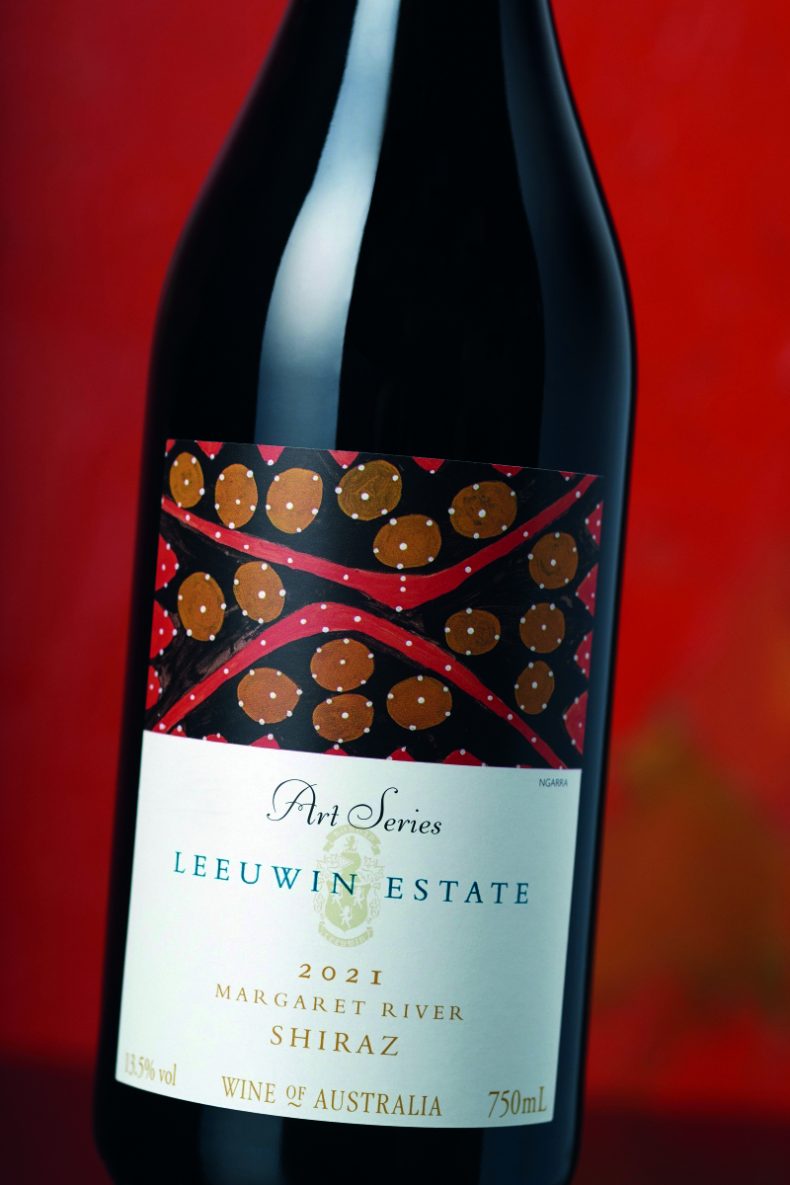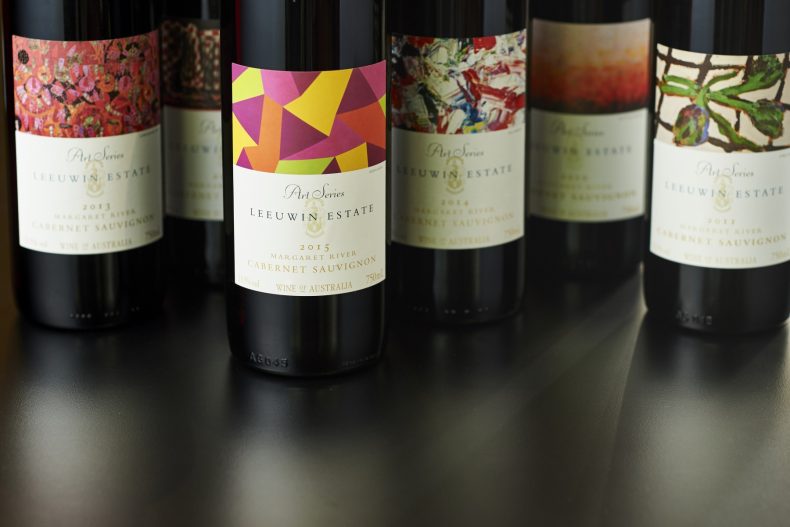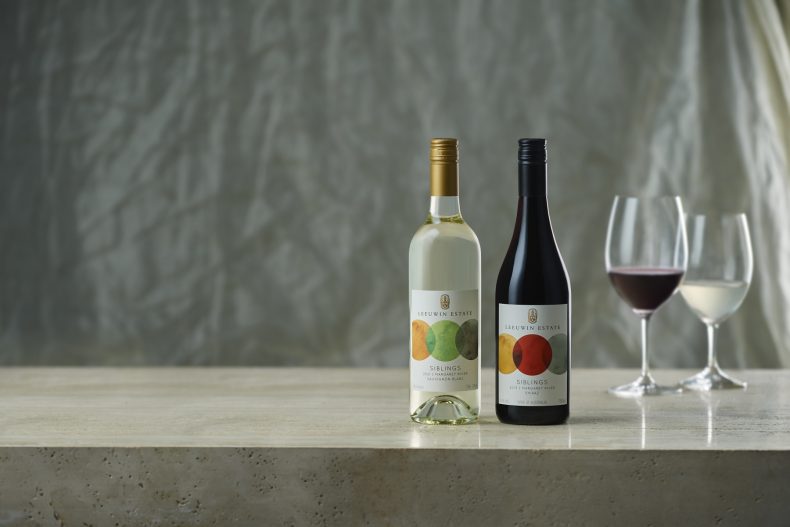The Margaret River wine region is located in a remote part of Western Australia, about 300 kilometres south of Perth. Its geographical isolation has strengthened its reputation as a top quality wine region. Its production is relatively new compared to other regions in Australia, but has been consistently praised by the international wine community. (The region produces only 2 per cent of Australia’s wines, but 20 per cent of its top wines.) Renowned critics and industry leaders, from the Mondavi family to Jancis Robinson, have praised these wines since the advent of “Margs” in the 1970s.
Of the region’s 214 wineries, Leeuwin Estate has earned the best reputation. Its range of premium wines, known as the “Art Series,” is adorned with labels featuring works by a range of 20th-century Australian artists, from John Olsen to Arthur Boyd and Sidney Nolan to Fred Williams. Wines include Cabernet Sauvignon and Shiraz, as well as cooler varieties: Riesling, Sauvignon Blanc and the flagship Chardonnay. “We call it the art of good wine,” says co-founder Denis Horgan, “and a good winery. It’s the same thing, isn’t it? Yes. Art and good wine merge here.”
The property in its current form is the result of a “series of happy coincidences,” Denis’s wife Tricia explained to me on a bright and muggy day last December. In 1969, the couple ventured to the peninsula to buy a plot of land, “officially” with the intention of setting up a plumbing business. “But really,” says Tricia, “it was mainly so Denis could come to the coast regularly and surf.”

Art Series Shiraz 2021, with Badjerrungu and Manganda by Andinyin and Kitja artist Ngarra
The land remained untouched for a number of years and the Horgans even considered selling it until they were informed by staff that an American was snooping around the plots, collecting samples and investigating the situation. It turned out to be Robert Mondavi, who had left the family business in Napa to explore new markets and locations and was lured to Margaret River. The region was in its early stages of development (the first commercial vineyards were planted there in 1967), but people were beginning to see its potential. Denis confesses that he was a “beer-drinking surfer,” an accountant who knew “nothing about wine”; “nobody more square could get into the wine industry.”
Mondavi convinced the couple to try planting because they were sitting on a plot of land that he could foresee would be “among the best in the world.” They planted the vines in 1972 and produced their first commercial wine, the Art Series Chardonnay, in 1979, which was so successful that within three vintages, Decanter gave the wine its top award in an international blind tasting.
The couple considered their work a form of art, so they approached Sidney Nolan to design a label for their next wine. “You don’t understand,” he replied. “I’m a serious artist, not a graphic artist. I don’t do labels.” Tricia and Denis brought him two bottles without labels. The next day he called and said, “I’m going to paint a painting for this wine.” The resulting work, Dolphin Rockappears on the Art Series Cabernet Sauvignon from 1982.

A selection of wine bottles from Leeuwin Estate. Courtesy of Leeuwin Estate
The Horgans aim to support artists by commissioning and purchasing artworks – a kind of “wine philanthropy” that teaches drinkers about Australian art history. Tricia tells all the artists whose work she collects: “When you appear on our labels, you become part of our history.”
And there are countless stories. John Olsen appeared one day in the winery restaurant wearing his distinctive red beret. Tricia asked him to create the first artwork for the latest Art Series Riesling. He responded with four works, Frogs in Rieslingfeaturing anthropomorphic amphibians in playful, exaggerated poses. Those drawings were “so irresistible” that the Horgans couldn’t decide which ones to keep, so they now rotate between all four. “(Olsen) liked to say, ‘They change every other artist every year, but they’ve never been able to bring themselves to change mine because they know mine look so good.'”

Two bottles of wine from Leeuwin Estate. Courtesy of Leeuwin Estate
The art collection is organic: Tricia buys works she likes, often after meeting the artists in person. The estate’s lead winemaker, Tim Lovett, is keenly aware of how the art complements the wines and vice versa. He collects art himself, particularly First Nations art that depicts the natural beauty and spirituality of the Australian landscape. The Leeuwin Estate Shiraz, first released in 1999, was dedicated exclusively to First Nations artists, such as Andinyin and Kitja painter Ngarra and Alyawarre woman Minnie Pwerle, who found success late in life with her vibrant paintings of scenes from her country.
For centuries, French winemaking was considered the gold standard for newer regions, just as Australian landscape painting was long defined by the principles of European fine art. Leeuwin Estate’s approach to winemaking shapes both old and new methods.




